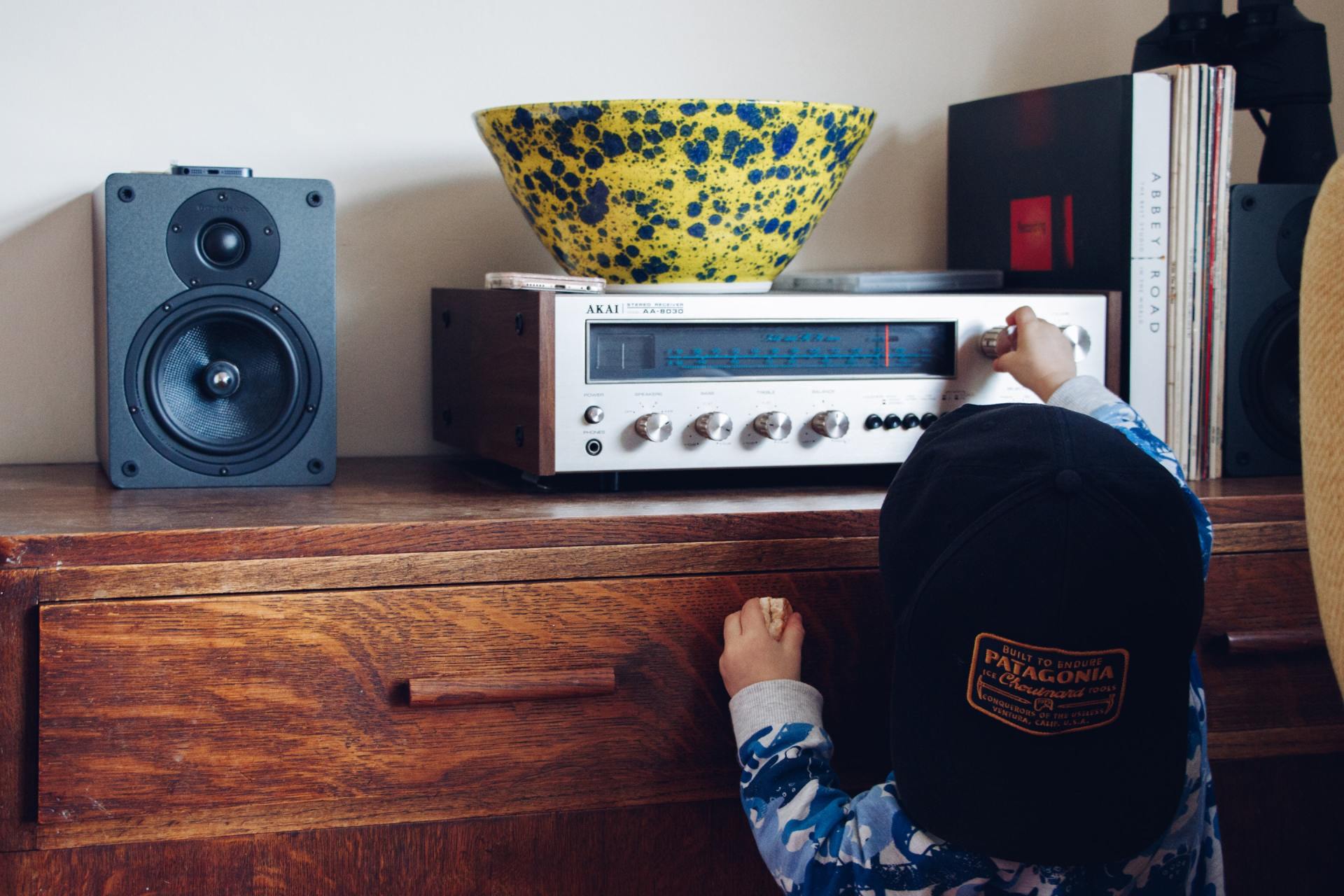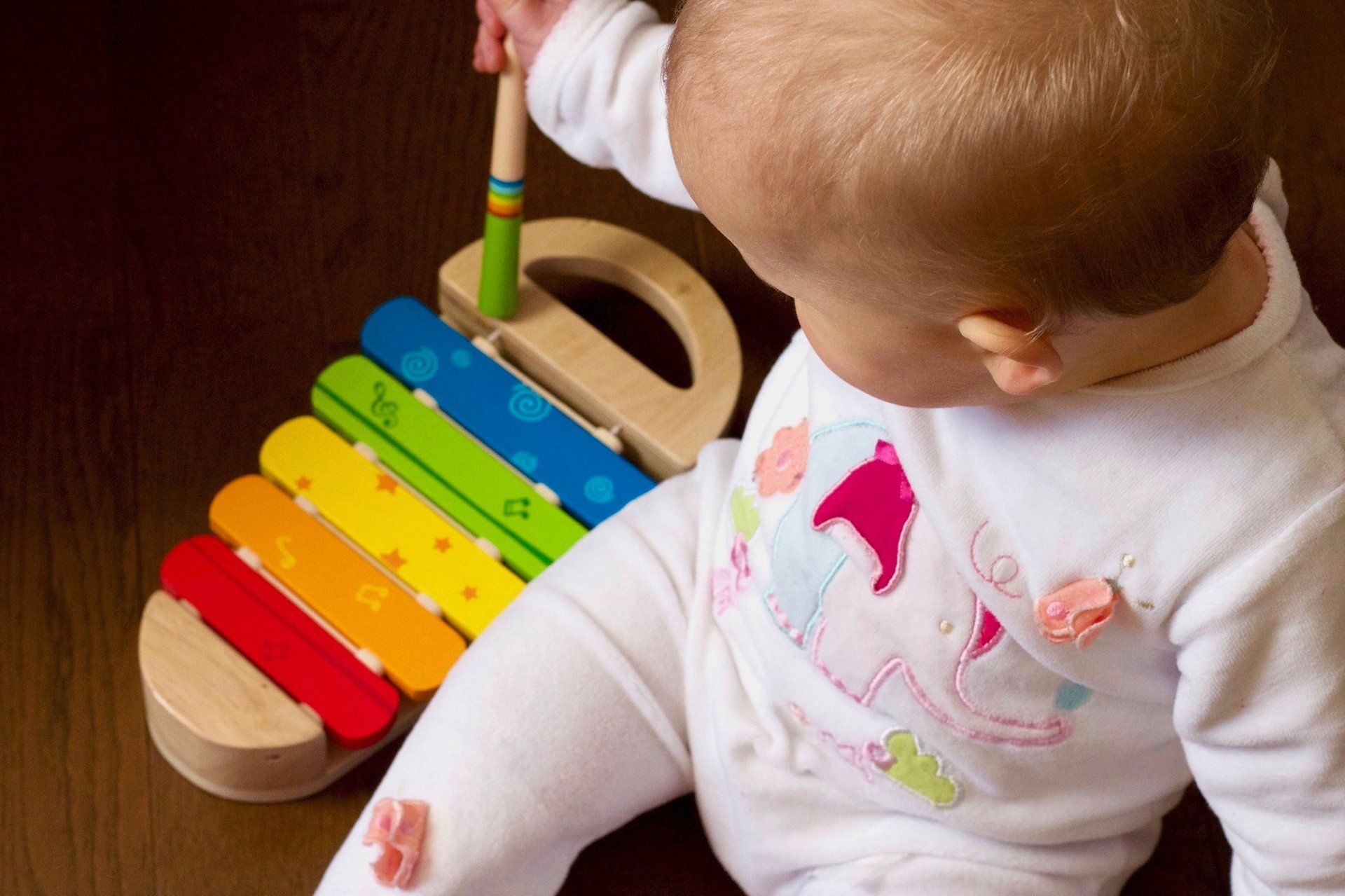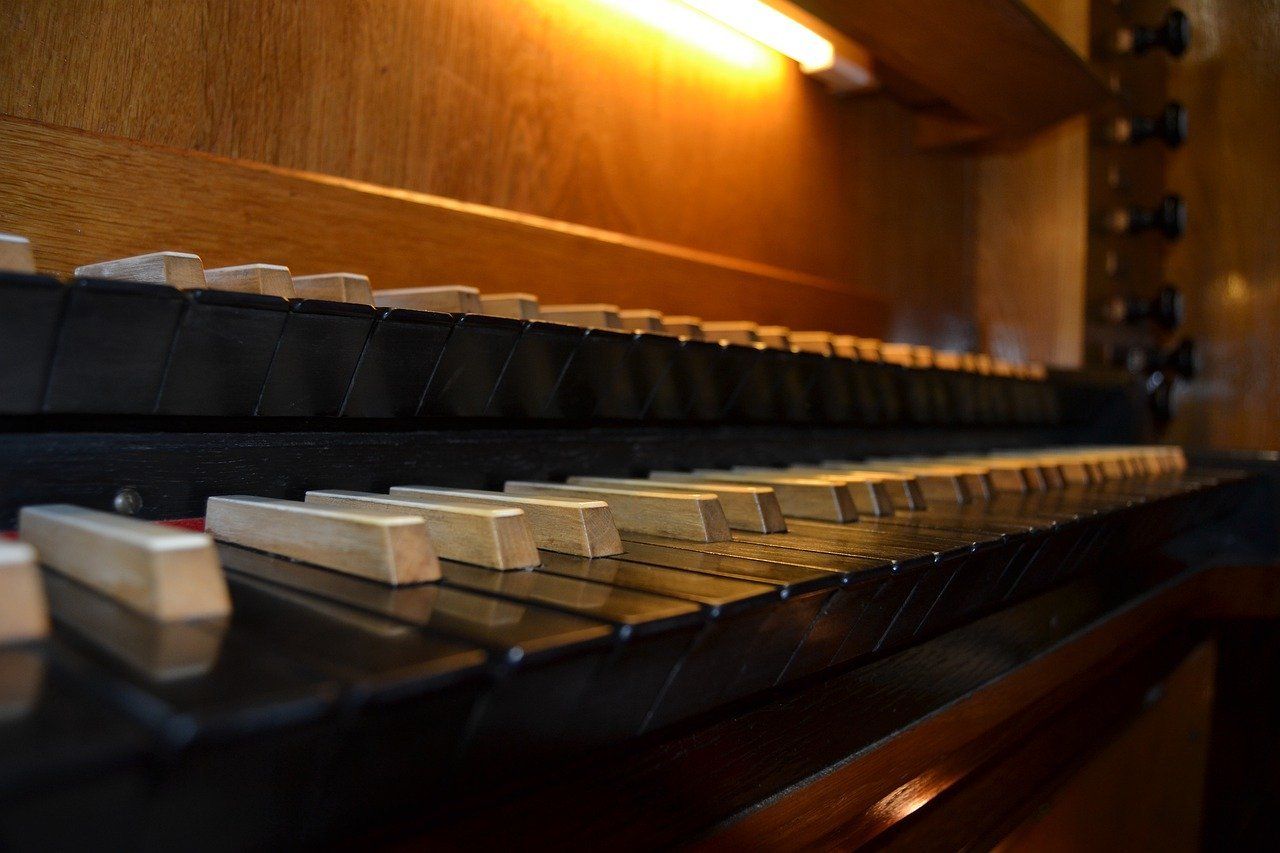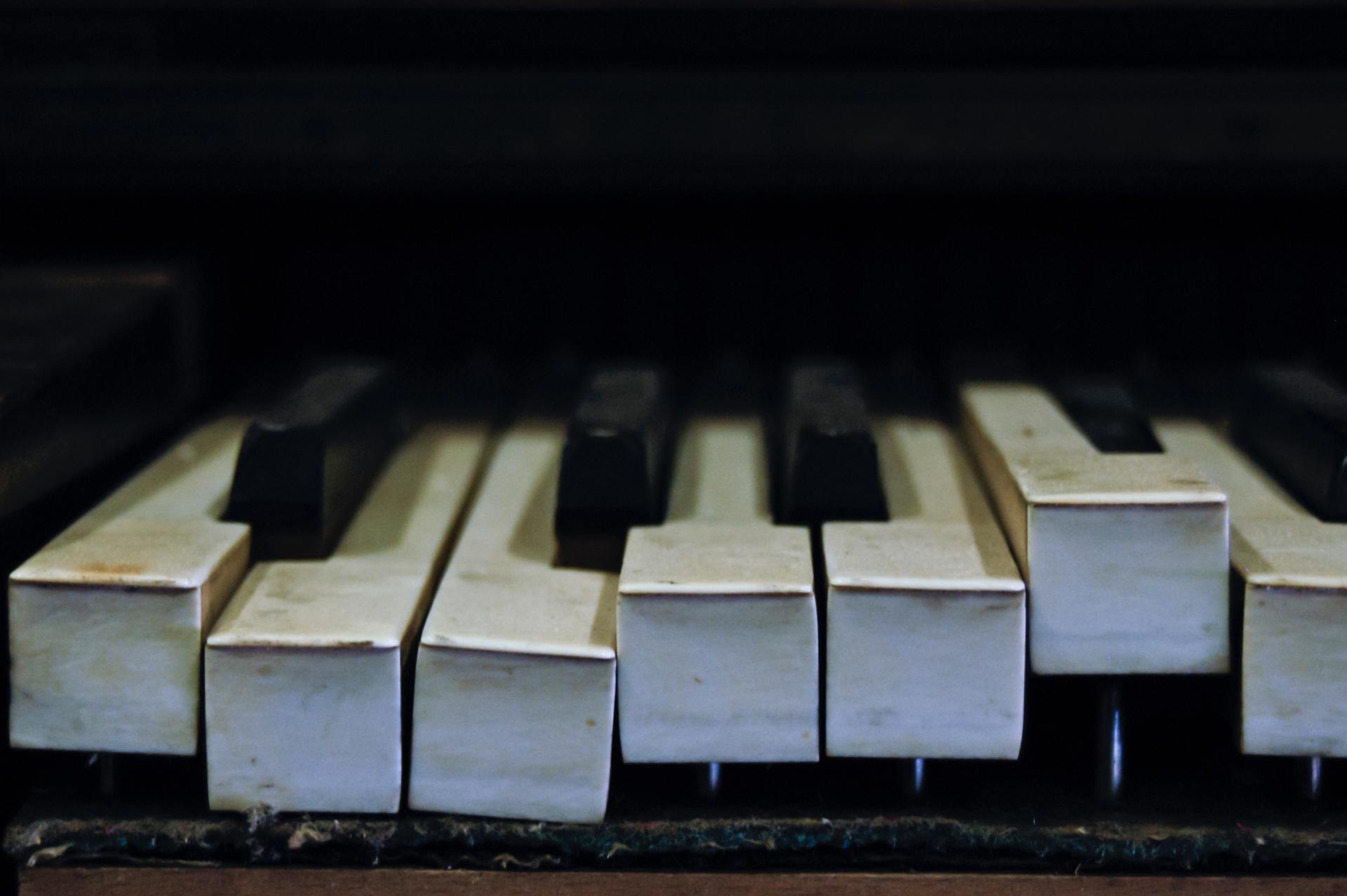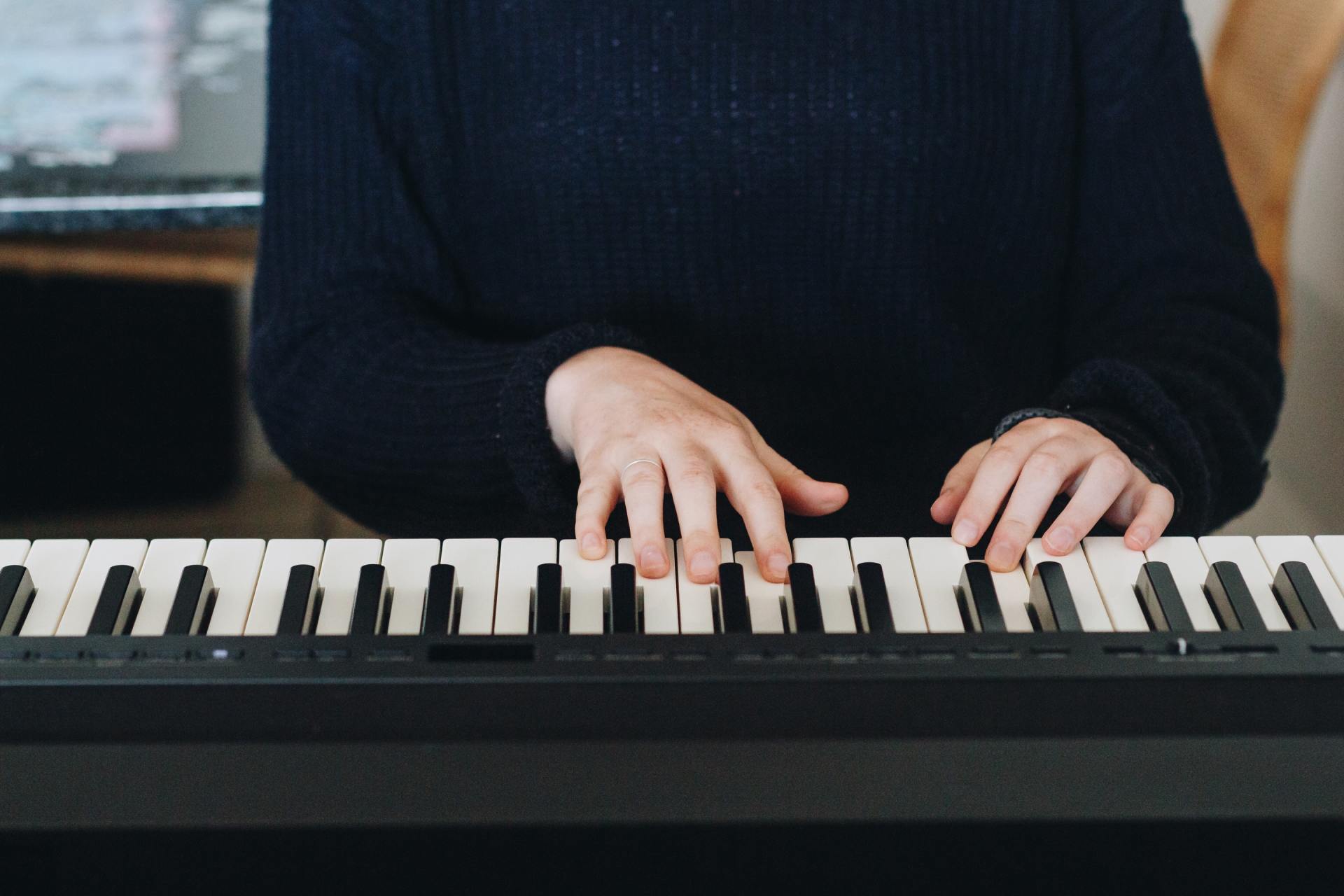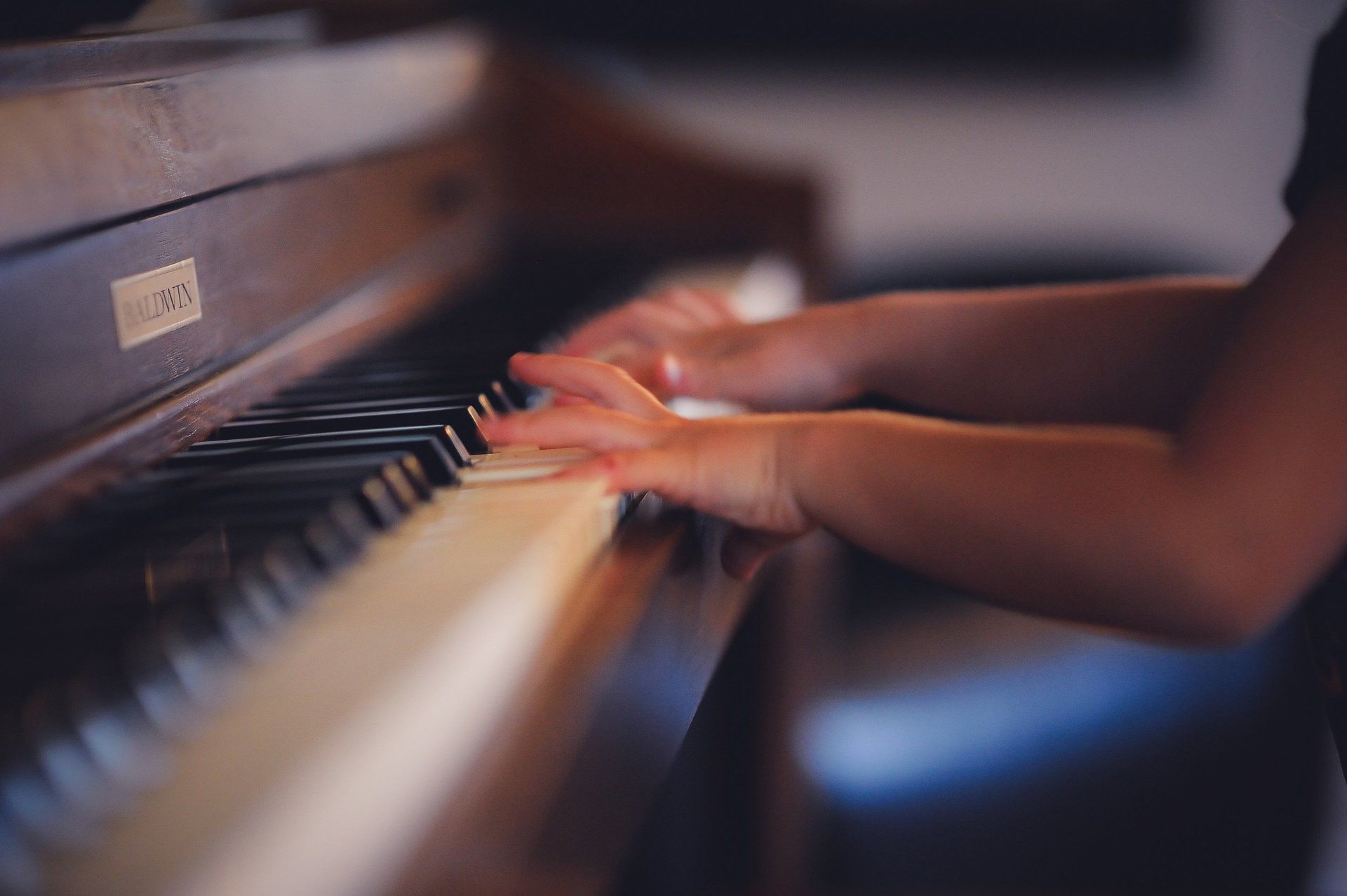3 Tips for Determining the Value of Your Piano
Robert Boyce • November 1, 2019
Thinking of selling or insuring your family piano? We'll help determine its value.
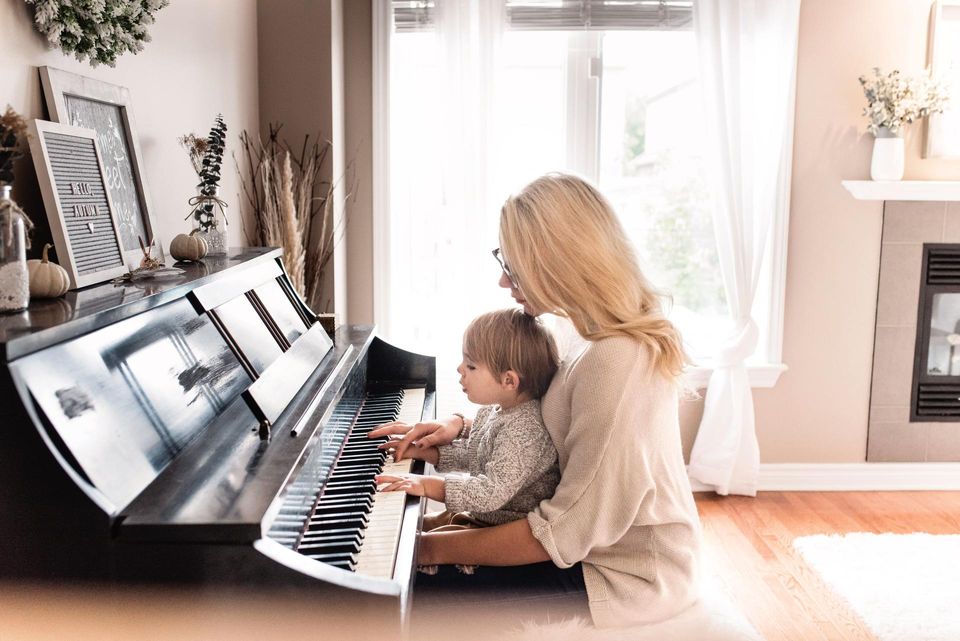
The family piano: coveted through generations and kept safe in each household that homes it. Every so-often you may find yourself asking “I wonder how much this old thing is worth.” While they are often timeless and always priceless, finding out that you have a hidden gem sitting in your home always feels good. So how do you determine the cash worth of a piano? While there are many determinants that factor into establishing the value of a piano, below are three factors that you can use to estimate just what your hidden gem may be worth.
- Type of piano - You likely know the classic grand piano. How it looks, how it sounds, maybe even what it’s worth, but what other types of pianos are there? Grand, upright, and electric, each of which has subsets under which a piano may fall. Discounting electric pianos, as their value is easily determined, most pianos found in homes will be a type of upright piano, as they save space and produce a sound that is reliable. If you have a grand piano in your possession it is likely to be a petite or baby grand, as they produce quality sound while requiring less space than a standard grand piano. The key difference between these subsets: size, and by extension, the amount of keys contained in the keyboard of the piano. In essence, the more keys, the higher the value. The only catch is that with age, pianos with more keys are likely to have broken keys, which will lower the value upon resale. Another factor that plays into the “type” category for pianos is the maker of the instrument, which is often displayed above the keyboard, or just inside the body of the piano, each brand comes with an inherent value on top of the style of the piano at which you’re looking.
- Action of the keys - Understanding that it is common for pianos to lose action over time without regular maintenance, there is value in exploring what a loss of action many look like. Pianos are technically percussion instruments. The act of pressing down on the keys of a keyboard drops a hammer inside the body of the instrument, striking a high-tension wire, and producing a tone. The mechanism by which the piano gets its sound is a complex machine and can lose its responsiveness, or action, in many ways. The easiest way to determine if action has been lost in your piano is to compare how quickly the keys return to their resting positions after being depressed: the slower the time, the lower the action. Other signs of a loss of action include a lowered dynamic range, keys sticking completely, and keys rising unevenly. All of these symptoms require specific and sometimes intensive regulation, which will lower the initial value of the instrument.
- Depreciation - As with all things, wear and tear is the natural enemy of the piano. Even if you were able to maintain regular maintenance with the internal components of the piano, chances are good that surface damage will occur to any instrument over time. While damage to the body of the piano is fairly easy to spot, it can be challenging to recover the instrument’s original condition with repairs. Additionally, some keys will likely have worn with use, as will the pedals under the keyboard itself. These aesthetic flaws may be simple to replace or refinish, but are expensive for the restoration process, dropping the value for buyback. General cleanliness will also play a factor, as dust will collect inside the body of the piano, caking up and creating potential issues in the tuning and regulation processes.
Need help appraising your piano? We can help with that! Fill out the contact form below, or feel free to give us a call at 607-324-7059 (west of Corning NY) or 607-732-9629 (east of Corning NY).
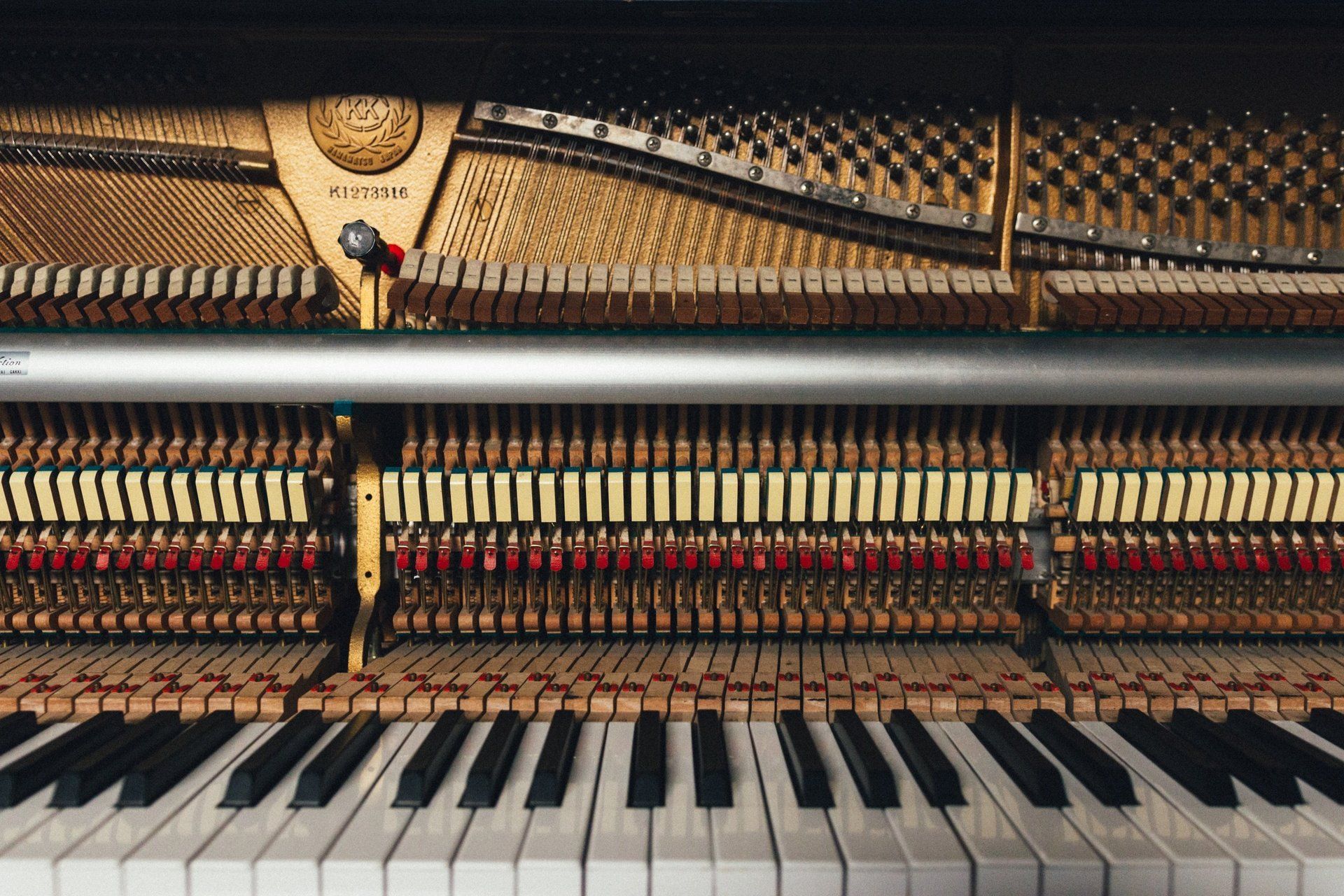
There are plenty of ways to keep our keyboards in good shape, but normal wear and tear will take an inevitable toll; in order to properly maintain your instrument, a maintenance professional is vital. While pianos should be tuned at least once a year, there is likely to be other cause to call for professional help.
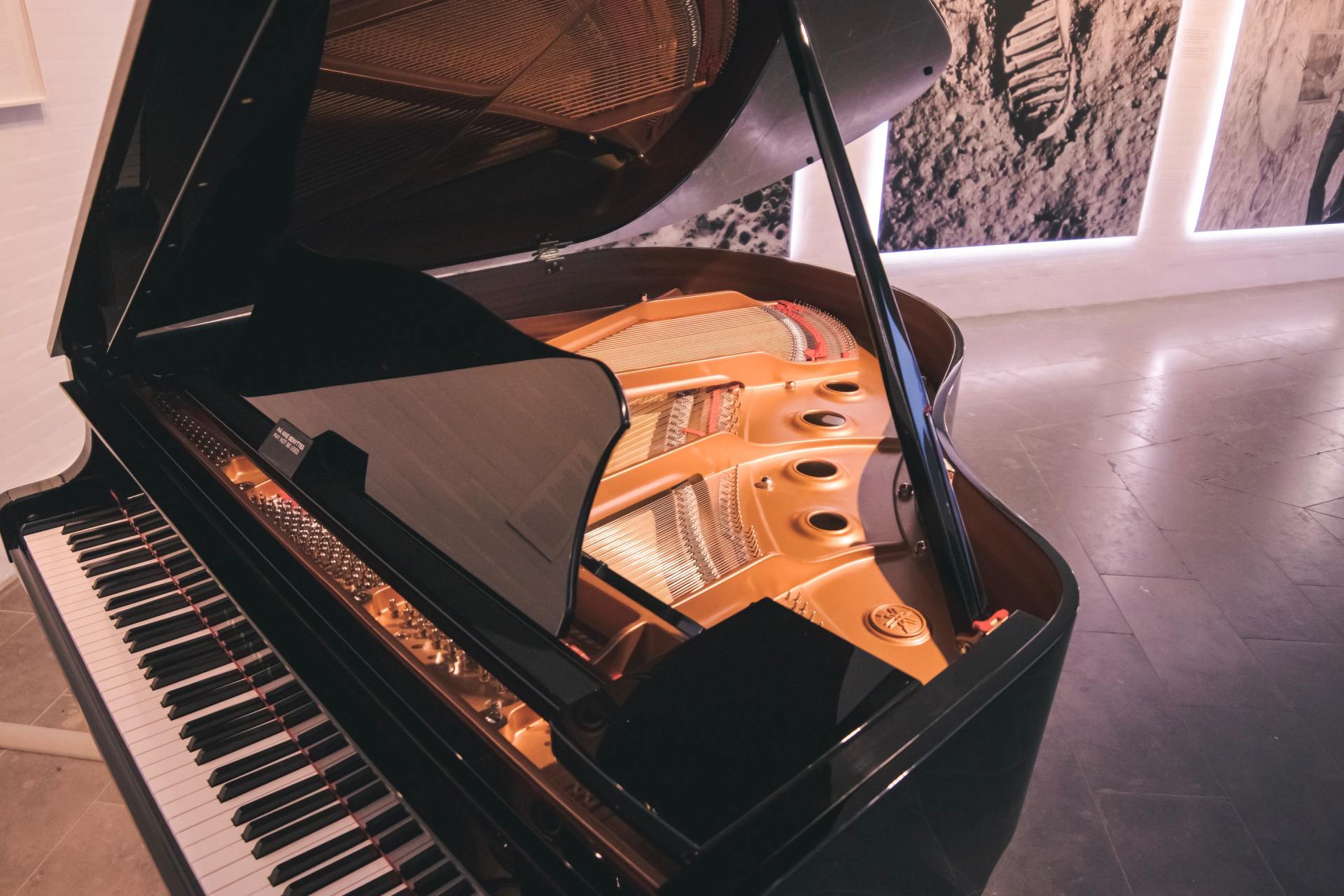
Why Does My Piano Go Out of Tune? Piano strings are under a great deal of tension, which is supported by the frame, plate, pinblock, tuning pins, bridges and soundboard. Anything which effects the position of these parts will cause a change in the tension and make the piano go out of tune. Why Do My Keys Stay Down? Push down on he back end of the key, near the capstan. If both ends of the key go down at once the key is broken. If the back end of the key will not go down, a foreign object, like a crayon has fallen under it. If the back-end of the key goes down and the front comes up, determine if the key or action is sticking. Hold the key down in the back with one hand, raise the whippen with the other hand and release the whippen. If the whippen drops to its resting position properly the key is stuck. If the whippen stays up the trouble is in the action. If the front of a white key binds on the keyslip, remove the keyslip and insert shims made of paper or business card stock in the appropriate places so that the shims will hold the keyslip away from the front end of the keys. Why are My Keys Sluggish? If the piano key plays the action properly, but is slow in coming back up, remove the key and ease both the front & balance rail bushings, or sand spots which bind to the adjacent key. What Should I do About Broken Hammer Shanks? Hammers usually break in the middle. To repair, first remove the butt or flange in a grand piano, in an upright piano use a flange screwdriver. Remember, do not apply excessive pressure to the jack. Apply glue, align the parts and press them together. Remove excessive glue and wrap the joint with heavy thread. The thread may be removed and the shank sanded and cleaned after the glue has dried.

